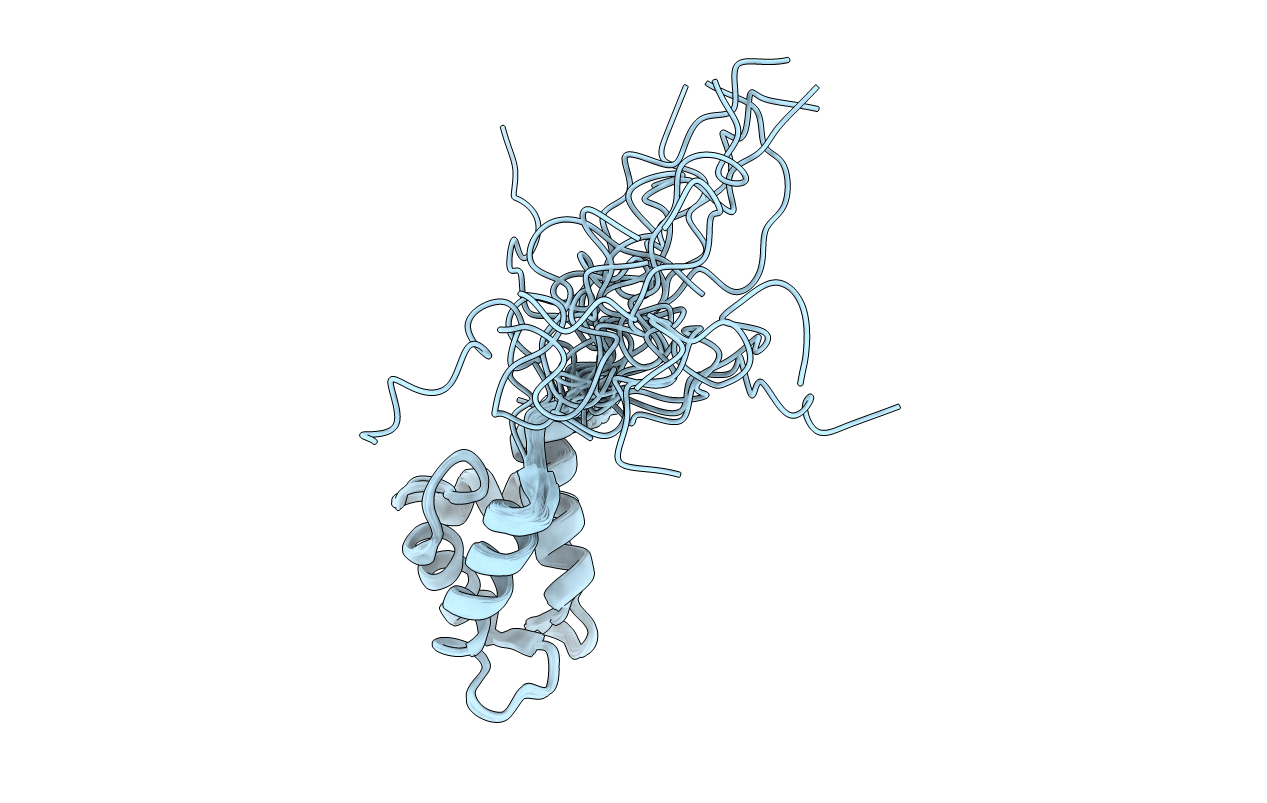
Deposition Date
2008-11-28
Release Date
2008-12-23
Last Version Date
2024-05-22
Entry Detail
PDB ID:
2KBI
Keywords:
Title:
Solution NMR structure of the C-terminal EF-hand domain of human cardiac sodium channel NaV1.5
Biological Source:
Source Organism:
Homo sapiens (Taxon ID: 9606)
Host Organism:
Method Details:
Experimental Method:
Conformers Calculated:
50
Conformers Submitted:
20
Selection Criteria:
structures with the lowest energy


